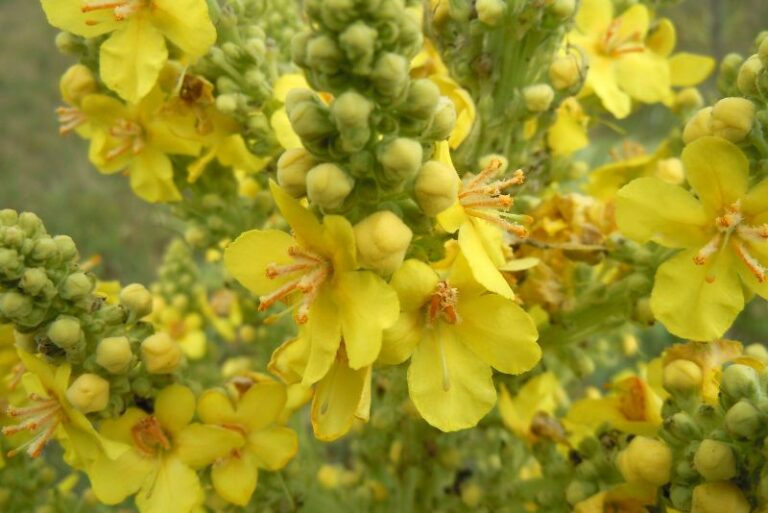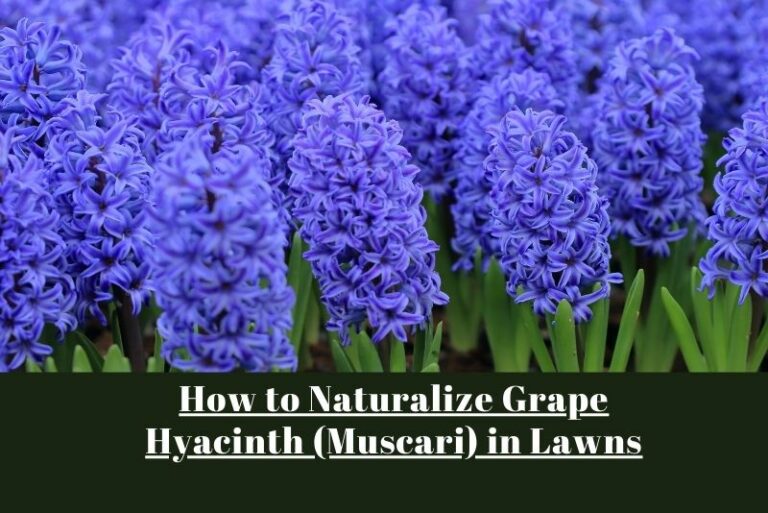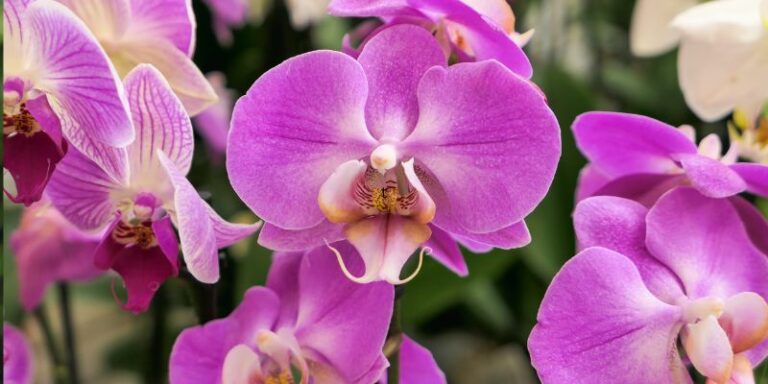Mastering Lavender Pruning for Stunning Results
For any gardener, the intoxicating scent and vivid purple hues of lavender can be a source of serene beauty in any landscape. Yet, to achieve the full potential of this remarkable plant, mastering the art of lavender pruning is key. Pruning is to lavender what grooming is to hair – a vital process that does more than simply keep things neat; it ensures that the plant remains healthy and vigorous, ready to impress with a bountiful bloom. This post dives deep into the “when” and “how” of lavender pruning, offering seasoned advice that will help your plants reach new heights of lushness.
Why Lavender Pruning Is Essential

Understanding the “why” behind pruning is crucial for appreciating its role in lavender care. Lavender, with its Mediterranean origins, is adapted to dry, sunny conditions. Regular pruning replicates the lifecycle it would have in its native habitat, stimulating new growth and abundant flowering, while also maintaining its signature compact shape.
Lavender Types and Their Pruning Needs
Though the goal is vibrant health, not all lavenders need the same degree of pruning. Dwarf and English lavenders, for instance, prefer more frequent “haircuts” to stay in shape, while the sprawling French and Spanish lavenders need a lighter touch. Identifying the species you have will guide the intensity of your pruning.
When to Prune Lavender
Timing is everything in the life of a lavender, especially when it comes to the clippers. Pruning at the wrong time can lead to stunted growth and may even inhibit flowering. But get it right, and you’ll see robust new growth and a wealth of besotted bees and butterflies come summer.
Seasonal Pruning Guidelines
In spring, a cautious early pruning promotes branching and bushiness. A more decisive cut after the first bloom keeps lavender compact and prepares it for winter. Each snip is a dance with the seasons, maximizing the plant’s health for the next cycle of growth.
How to Prune Lavender
The right technique is as vital as the right time. Here’s what you need to know to prune like a pro:
Step-by-Step Pruning Techniques
Spring Pruning for Promising Growth
Early spring presents an opportunity to invigorate your lavender for the growing season ahead. Aim to prune just as the new leaves begin to appear. Begin by identifying the woody stems without green growth from last season. Cut just above the green, leaving about 1/3 of the stem height. This hardy pruning encourages the development of strong, new shoots from the base, ultimately leading to a fuller plant.
Post-Bloom Pruning for Continued Health
Once the first flush of flowers has faded, typically in mid-summer, it’s time for another trim. This post-bloom pruning shapes the lavender for fall and prevents the plant from becoming too leggy. Be confident, slicing off around 1/3 to 1/2 of the plant’s foliage, ensuring you make cuts just above the new growth nodes. Watch out for any signs of dieback and cut into healthy tissue to stem this.
Essential Pruning Tools
The right tools are an extension of a gardener’s hand. For lavender, you’ll need comfortable secateurs with a bypass design that provides a clean cut without crushing the stems. Long-handled hedge shears are ideal for more extensive pruning of larger lavender patches. Always keep them sharp – a dull blade leads to messy cuts and risks plant damage.
Tips for Lush Lavender Plants
A little extra care goes a long way in the world of lavender. Here are some bonus tips for creating a lavender haven in your garden.
Promoting Growth and Enhancing Blooms
Fertilizing lavenders with a high-phosphorous, low-nitrogen fertilizer in early spring can further encourage bloom. Mulching with gravel or sand around the base of the plants helps control weeds, retains moisture, and provides the well-drained conditions lavenders adore.
Preventing Disease and Pest Control
Lavender is generally hardy but susceptible to root rot in damp conditions. Ensure the soil is well-drained and avoid watering the leaves. Keep an eye out for the dreaded lavender white – a colony of tiny pests that can be controlled, if spotted early, with a strong blast of water or by pruning infested areas.
Common Mistakes to Avoid
Novices often fall into traps that lead to lavender woes. By staying mindful of these missteps, you can keep your plants on the path to perfection.
Over-Pruning
It’s easy to get carried away with the shears, but lavenders are resilient and can recover from a heavy-handed snipping. Resist the urge to prune more than half of the plant, or to cut into old wood without any green showing. Over-pruning can lead to plants that struggle to recover or simply cannot bloom to their full potential.
Pruning at the Wrong Time
Timing your lavender pruning can be as specific as pruning a fruit tree. Late pruning, especially in the tender first few years of a plant’s life, can throw off their internal calendars, leaving them unprepared for winter and thus vulnerable. Cutting back too early during the growing season can also harm young blossoms.
Conclusion
Pruning lavender is an investment in a garden’s tapestry, a careful brushstroke that shapes not just a plant, but the very spirit of the place. Done thoughtfully, it transforms a shrub from simple beauty to a centerpiece, a marvel of verdant life. Remember these steps, venture out with your clippers, and discover a new level of richness in your lavender-growing adventure. Your plants will thank you with a show of color and vigor that commands attention and admiration.






